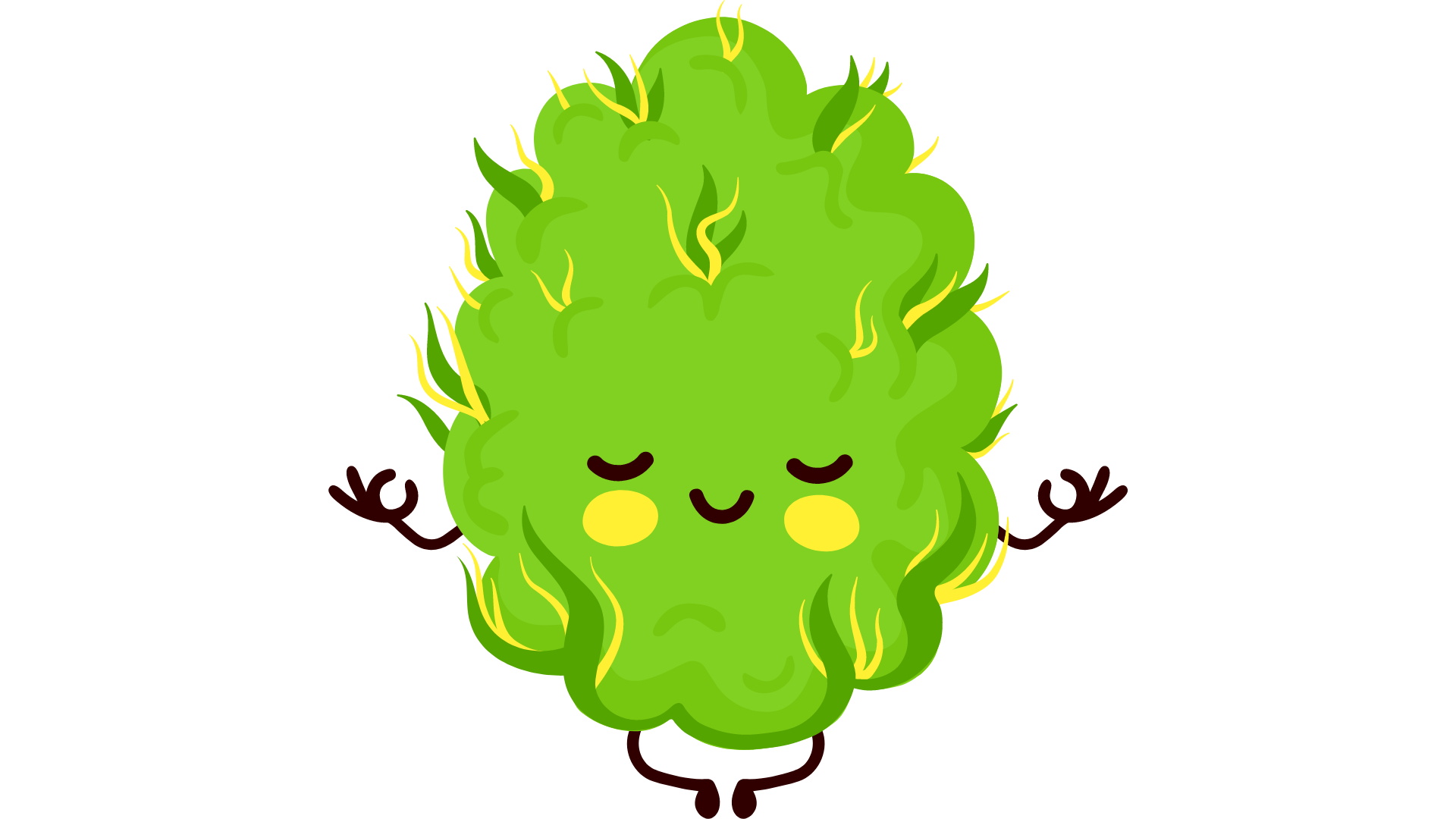The Ultimate Guide to Cannabis Consumer Education
Everything you need to know to make safe, informed, and confident cannabis choices.

Cannabis is not just another consumer product - it's a complex plant with psychoactive properties, potential health benefits, and unique legal considerations. Without education, consumers may misuse product, have negative experiences, or unknowingly break the law. For example, taking too large of an edible dose can lead to uncomfortable side effects, while failing to store cannabis securely can put children or pets at considerable risk.
Education plays a vital role in shaping the industry as it grows. For consumers, it ensures safer and more positive experiences. For businesses, it helps build credibility and loyalty by showing customers that their well-being is valued. For communities, consumer education reduces stigma by replacing outdated stereotypes with facts, responsibility, and professionalism. Put another way, the more people know about cannabis, the stronger and more sustainable the industry becomes!

One of the first challenges new - and even experienced consumers face is choosing between the many product types available. Each method of consumption has its own characteristics, including how quickly the effects set in, how long they last, and how intense they feel.
By understanding these product types, consumers can choose the method that best fits their lifestyle, tolerance, and goals. Education ensures people approach cannabis intentionally rather than by trial and error.
Involving the most traditional form of cannabis, these methods provide a fast onset of effects - often within minutes - making it easier for consumers to guage how much they need as they go. However, the effects tend to fade more quickly compared to other products - typically lasting one to three hours. Because of this, flower remains one of the most popular choices for both new and experienced users.
Cannabis-infused foods and beverages have absolutely exploded in popularity. Edibles offer a discreet and tasty way to consume cannabis. Unlike smoking or vaping, edibles are metabolized by the digestive system, which means effects take longer to appear - anywhere from 30 minutes to 2 hours - but also last much longer, sometimes up to eight hours. This delayed onset makes proper dosing critical. Many beginners make the mistake of eating more before the first dose has a chance to kick in, which can lead to pretty uncomfortable experiences. The golden rule you'll hear quite often: Start low and go slow.
Concentrates are highly potent extracts that contain large amounts of THC, CBD, or other cannabinoids. These come in forms like wax, shatter, oils, or live resin and are consumed by "dabbing" or vaping. Because of their potency, concentrates are generally recommended for experienced consumers who have built up a tolerance. They offer rapid effects are are prized by medical patients and recreational users alike seeking strong, fast relief or intensity. While concentrates can seem intimidating, education and careful use make them a powerful tool in the cannabis toolkit.
Tinctures and oils provide a middle ground between edibles and smoking. Usually packaged in small bottles with droppers, they are taken sublingually (under the tongue), where cannabinoids enter the bloodstream quickly - usually within 15-30 minutes. Tinctures allow for very precise dosing, which is especially valuable for medical patients or anyone looking for consistency in their experience. Oils can also be added to food or drinks, though doing so slows down onset and makes them act more like edibles. Their discreen, controlled nature makes tincutres one of the most versatile cannabis products available!
Topicals - such as creams, balms, patches, and lotions - are unique because they don't typically produce any psychoatice effects. Instead, they're designed for locialized relief, often used for pain management, inflammation, or skin conditions. Since cannabinoids in most topicals don't enter the bloddstream, consumers can apply them without experiencing the "high" associated with other methods. Some transdermal patches, however, are designed to penetrate the skin barrier and may provide psychoactive effects, making label reading and education critical.
Each of these product types serves a different purpose and appeals to different consumers. Whether someone is looking for fast-acting relief, long-lasting effects, discreet dosing, or non-intoxicating options, there's a cannabis product designed to meet that need. Understanding these distinctions empowers consumers to choose wisely and enjoy cannabis safely.

Responsible cannabis use goes beyond simply knowing how much to take. It also involves understanding safe consumption practices that protect both the individual and those around them.
For instance, cannabis should never be mixed with alcohol. The combination can amplify impairment, making it unsafe and unpredictable. Likewise, driving or operating machinery after consuming cannabis is both dangerous and illegal. Safe storage is another critical area of consumer education! Cannabis should always be kept in child-resistant packaging and stored securely out of reach of children and pets.
Safe practices also means knowing your environment. While cannabis may be legal in your state, public consumption is often prohibited. Using cannabis in designated or private spaces help consumers stay compliant with the law while respecting those who may not want exposure.
Educating consumers on these guidelines ensures that cannabis can be enjoyed responsibility without putting health, safety, or legal standing at risk.


One of the most confusing aspects for new consumers is the information printed on product packaging. Cannabis lables are designed to be informative, but without guidance, the details can be overwhelming.
Key parts of a cannabis label typically include -
One of the first things you'll notice is the percentage of THC and CBD in the product. THC (tetrahydrocannabinol) is the main psychoactive compound in cannabis. CBD (cannabidiol), on the other hand, is non-intoxicating and often used for relaxation, balance, or therpeutic purposes. On flower, you'll see these listed as percentages (e.g., 18% THC). On edibles, tinctures, or beverages, they're listed in milligrams per serving and per package (e.g., 5 mg THC per gummy, 100 mg total in the package). Understanding these numbers helps you match your product to your desired effect.
Serving size is especially important when it comes to edibles. An entire chocolate bar might contain 100 mg of THC, but each equare is meant to be one serving of 5 or 10 mg. Without paying attention to serving sizes, it's easy to accidentally overconsume. Think of this like eating a nutrition label - just because the package looks small, doesn't mean it's meant to be consumed all at once. Serving sizes are your friend here, and your best guide for starting low and going slow.
More advanced consumers often pay attention to the terpene profile listed on packaging. Terpenese are the aromatic compounds that give cannabis its distinct smell and flavor - like citrusy limonene, piney pinene, or calming linaloop. They don't just affect taste and aroma; they may also influence the overall experience. For example, a strain high in myrcene may feel more relaxing, while limonene-rich strains might feel more uplifting. While research is ongoing, many consumers find terpenes just as important as THC percentage in shaping their experience.
Cannabis products are required to undergo lab testing to ensure quality and safety. Labels typically include a batch number or test code that links the product to its lab results. These tests confirm that the product is free from harmful pesticides, molds, or contaminants, and they verify that the THC and CBD levels listed are accurate. Knowing your product has passed testing builds trust and ensures you're getting exactly what the label promises.
Labels also include required warnings, such as "Keep out of reach of children,""Do not drive or operate machinery after use," and state-specific disclaimers about health risks. These might feel like fine print, but they exist to protect consumers and remind everyone that cannabis, like alcohol or medication, should be used responsibly.
Learning to read cannabis labels isn't about memoized every detail - it's about knowing which parts matter ost to you. If you're new, focus first on THC and CBD content and serving sizes. As you gain experience, you can dive deeper into terpenes and testing details. With practice, reading a cannabis label becomes second nature, giving you confidence every time you shop.
